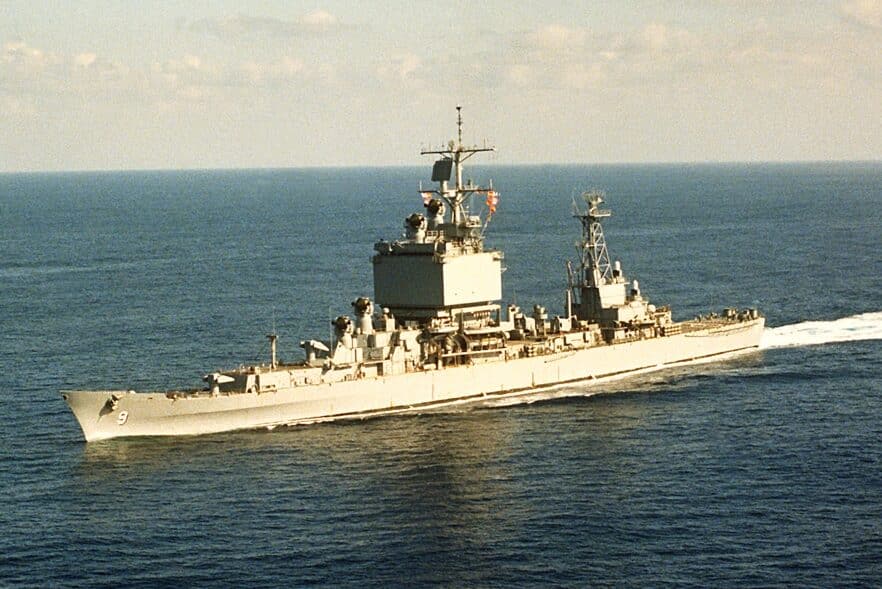The article "USS Long Beach: America’s First Nuclear-Powered Cruiser - The Armory Life," written by Peter Suciu, discusses the historical significance and operational history of USS Long Beach (CGN-9), the first nuclear-powered cruiser of the United States Navy. Built by Bethlehem Steel Company in the late 1950s, the USS Long Beach represented a significant technological innovation with its nuclear propulsion system, extending the vessel's operational endurance. This article emphasizes the broader narrative of nuclear-powered naval vessels, from the USS Nautilus, the world’s first nuclear-powered submarine, to the fleet's evolution and deployment within the U.S. Navy.
USS Long Beach served in various capacities throughout its operational life, from monitoring airspace and engaging North Vietnamese aircraft during the Vietnam War to participating in landmark missions like Operation Sea Orbit alongside the nuclear-powered USS Enterprise and USS Bainbridge. Throughout its service, the ship underwent multiple upgrades, including missile systems and radar enhancements. The article highlights notable missions and contributions, such as the role in the Positive Identification Radar Advisory Zone (PIRAZ) and rescue operations during and after the Vietnam War.
Despite its groundbreaking technology and contributions, the decommissioning and disposal of USS Long Beach, along with other nuclear-powered surface vessels, underscored the complexities and costs associated with managing nuclear propulsion systems. The article concludes by pondering the legacy and implications of nuclear-powered surface combatants, recognizing their significant but challenging impact on naval engineering and strategy. For more details, you can read the full USS Long Beach: America’s First Nuclear-Powered Cruiser - The Armory Life.

No comments:
Post a Comment